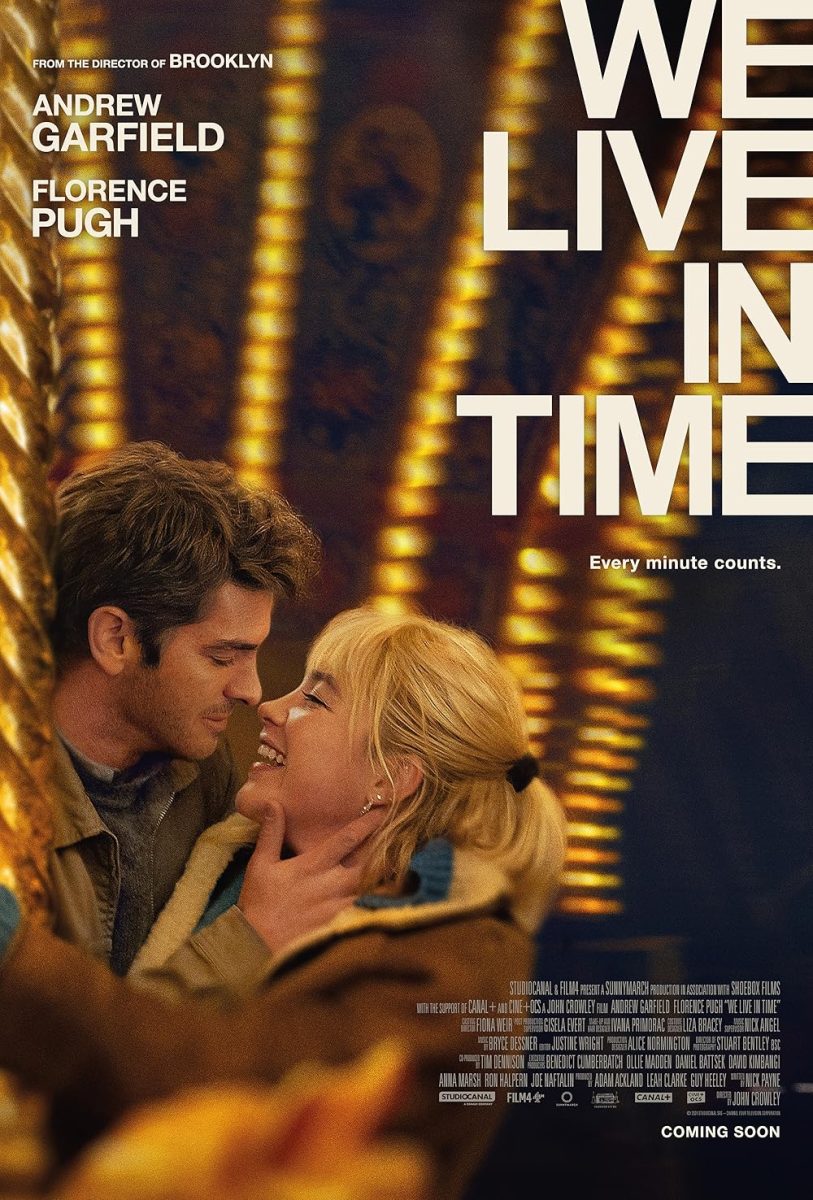Course offers architectural experience
April 17, 2007
The Interdisciplinary Design Studio, a new spring course designated Design Studies 446, will commit its students to providing shelters and centers for the homeless, renewing public structures and discarded lands, fighting social and ecological marginality and environmental sustainability.
“The benefits [of the class] are really to share what was once secluded areas of knowledge. The students can learn from each other and reflect on contemporary architecture and design,” said Ferruccio Trabalzi, assistant professor of community and regional planning.
It brings together students from architecture, landscape architecture, and community and regional planning in a multidisciplinary course. The course will put students, mostly juniors, into eight different groups of three to four people – one from each college – to come up with a plan that would help provide for sustainability and help the homeless, for a proposed redeveloping project by the Hubble Corporation in West Des Moines, Trabalzi said.
The main goal is to help develop projects that would aid in the restoration of a tract of abandoned industrial land that was once an EPA Superfund toxic waste clean-up site on the fringes of West Des Moines, where there are currently a large amount of homeless people living.
Trabalzi said the project would insert ideas into the Hubble Corporation’s redevelopment plan, with those proposals possibly being publicized and sent to the Des Moines City Council for ratification. The proposals range from an on-site adult education center to a centralized services center that would help the homeless. The goal of the project, Trabalzi said, is to incorporate the homeless population into the redevelopment plan.
“Hubble isn’t taking into account the homeless population, when they should be incorporating the homeless into planning the new development,” Trabalzi said. “The homeless are usually pushed to the periphery in society.”
Although part of the site was once a toxic waste dump of the Bicco Corporation, that area has been capped by concrete. The planned residential and commercial zone is far from the clean-up area, Tabalzi said.
Nadia Anderson, lecturer of architecture, and Ashley Kyber, assistant professor of landscape architecture, represent their respective colleges in the course, along with Trabalzi.
“[The point of the project is] how can we rethink development that incorporates sustainable barriers with the Hubble Corporation?” Trabalzi said.
Another main focus of the class is marginality, either in social terms, with the homeless, or ecological terms, with the industrial waste site. Marginality is the “relationship of the center to the margin,” which has a key relationship with sustainable design, Anderson said.
“Sustainable design is not about a building or landscaping issues, but its social issues. All those scales are interconnected,” Anderson said. “Sustainable design is about looking at the natural system that traditional structures have considered to be marginal.”






